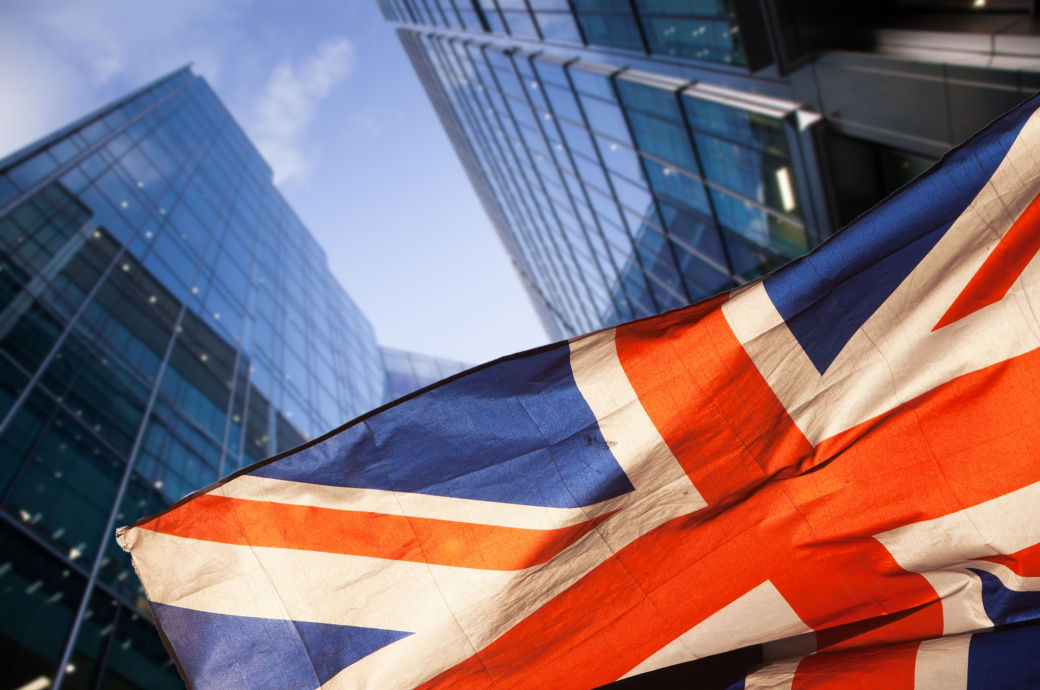
“Forward-looking indicators, notably an increasingly steep drop in demand for goods and services, suggest the downturn will deepen as we head into the new year,” he said in an analytical note on the company’s website.
While the recent change of government has resulted in improved business confidence, the mood remains among the gloomiest seen over the past quarter century amid the numerous headwinds driving an ongoing collapse in demand, which include the cost of living crisis, the Ukraine war, steepening export losses (often linked to Brexit), higher borrowing costs, fiscal tightening and heightened political uncertainty, he wrote.
Price pressures meanwhile remained elevated but showed further signs of cooling, often linked to weakened demand, which—combined with the growing recession signals—suggest that Bank of England policymakers may start to make less aggressive interest rate hikes in the coming months, he noted.
Business activity fell for a fourth successive month in November, according to the flash purchasing managers’ index (PMI) survey data compiled by S&P Global. If pandemic lockdown months are excluded, the PMI for the fourth quarter so far is signalling the steepest economic contraction since the height of the global financial crisis in the first quarter of 2009.
After a 0.2 per cent GDP contraction in the third quarter, the continued decline in the closing quarter of the year would therefore indicate that the UK is in a technical recession, which forward-looking indicators suggest will persist into the new year, Williamson wrote.
November saw output fall again across the manufacturing sector, which recorded a steep rate of decline.Manufacturing output fell for a fifth straight month, with production dropping sharply in response to a further steep deterioration in order books, Williamson added.
ALCHEMPro News Desk (DS)
Receive daily prices and market insights straight to your inbox. Subscribe to AlchemPro Weekly!